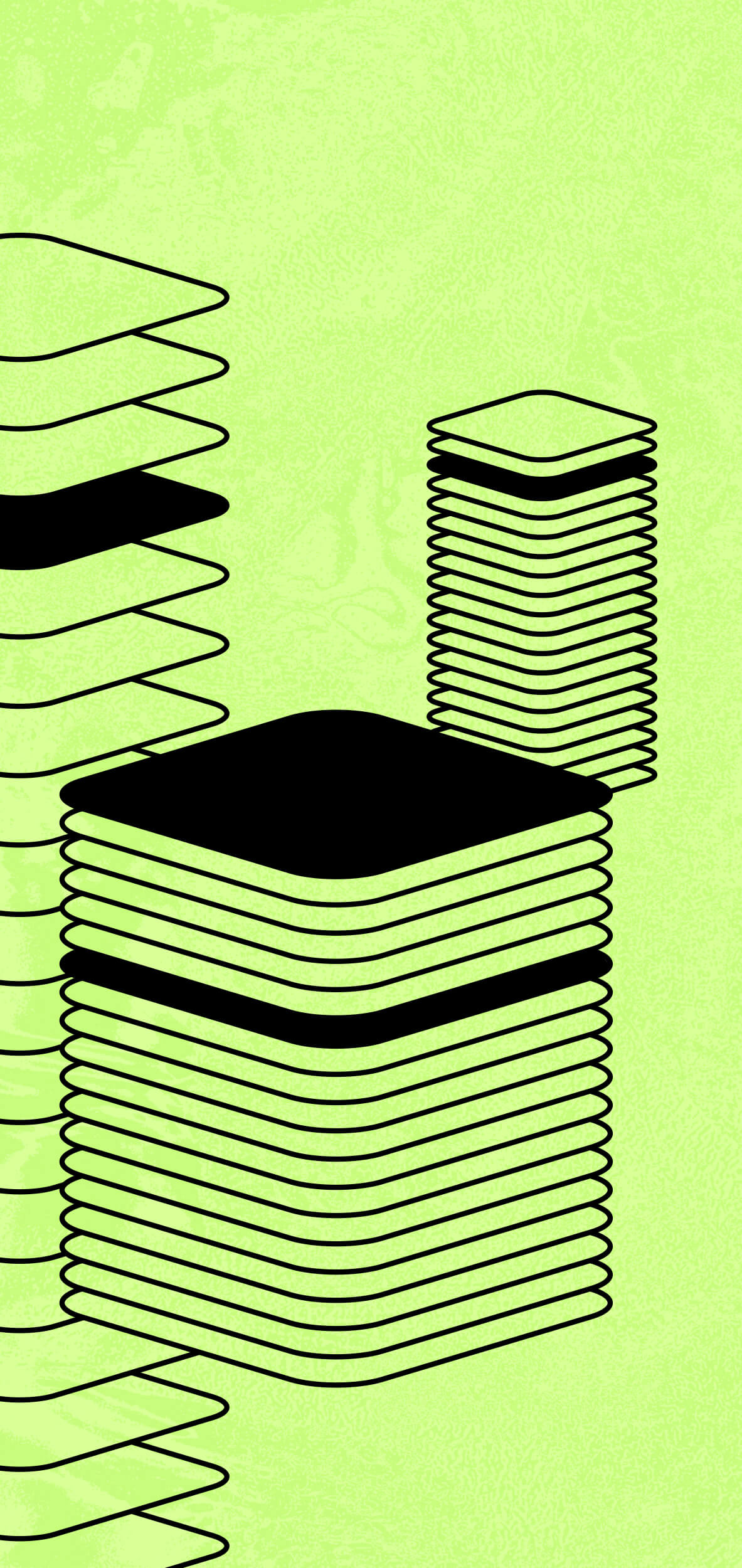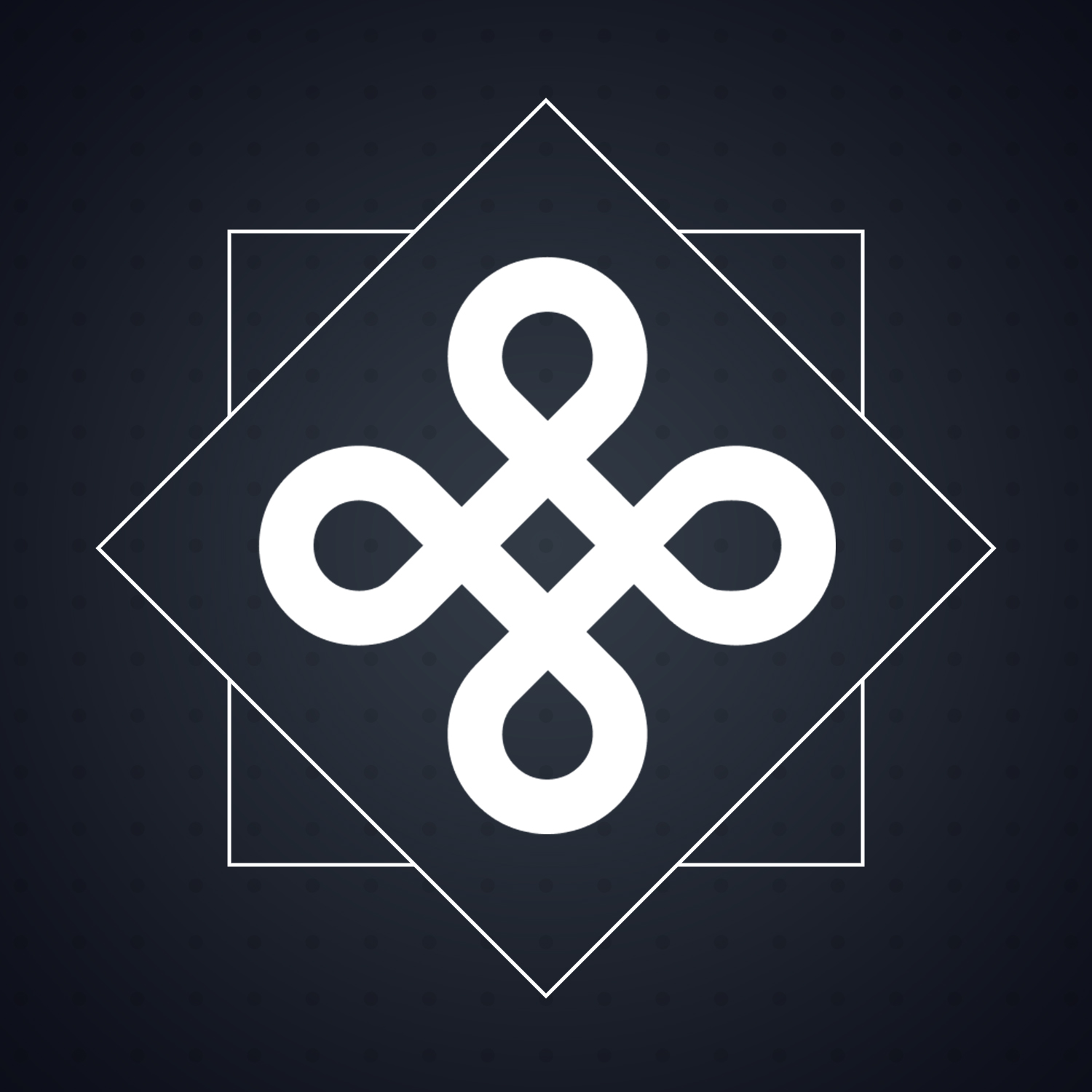Recently, there’s been a lot of talk about the idea of modularity. You might have noticed people discussing “Thinking about Modularity.” So, what exactly are modular blockchains, and what problems are they trying to solve?
Traditional Blockchains
Traditional blockchains, also known as monolithic blockchains, have one main layer that handles everything. Right now, they’re facing a problem called the “Blockchain Scalability Trilemma.” This means that in order to provide strong guarantees for decentralization, security, and scalability, they usually have to compromise on one of these aspects. By making the blockchain modular and dividing its processes among different layers, we can create a better system that is self-governing, can handle more transactions, and is secure.
Here are the different parts of a blockchain:
- Execution: This is where transactions and state changes happen. It’s where users interact with the blockchain by doing things like signing transactions and transferring assets.
- Settlement: This layer verifies transactions and resolves disputes. It’s like the highest court in the U.S. legal system, making final decisions.
- Consensus: This layer orders transactions and ensures they’re final.
- Data Availability: This layer stores data needed to verify transactions and make sure everything is legit. It’s a big part of the scalability problem we’ll talk about later.
Modular Blockchain
Modular blockchains break down the blockchain into smaller parts that can be specialized. Instead of trying to do everything, each part focuses on one or two things. This makes the system more scalable and flexible.
Here are the functions that modular blockchains can focus on:
- Execution: Processing transactions.
- Settlement: Resolving disputes and connecting to other blockchains (optional).
- Consensus: Ordering transactions.
- Data Availability: Making sure data is available for verification.
For example, rollups are a type of modular blockchain that focuses on processing transactions. They can work with other specialized blockchains like Celestia, which handle things like consensus and data availability.
Challenges Modular Blockchain Addresses
With a modular design, blockchains can start solving the scalability problem by separating different tasks. By doing this, blockchains can handle more transactions without sacrificing security or decentralization. Let’s look at how fault proofs and rollups help with this.
In the future, we might see more centralized block production but decentralized block verification. This means that some groups will produce most of the blocks, but everyone can still check that everything is correct. Fault proofs help with this by letting “light clients” (a simplified version of a full blockchain node) verify transactions without doing all the work.
Rollups use this idea to process transactions faster and then publish them to the main blockchain for verification.
Dymension: Where RollApps Live
Dymension is a network of modular blockchains called RollApps. It’s like a decentralized internet service provider that connects these blockchains to the wider crypto world.
Dymension is a decentralized Delegated Proof-of-Stake L1 blockchain secured by the DYM token. It is custom built to provide RollApps with security, bridging, and liquidity.
- Security – RollApp funds are secured by the validators of Dymension.
- Bridging – RollApps bridge to each other and the entire crypto economy via a single IBC connection to Dymension.
- Liquidity – The only application logic in the Dymension Hub which is not strictly restricted for handling RollApp validity and bridging is an embedded Automated Market Maker (AMM). The AMM is designed to expose RollApps to efficient asset routing, price discovery, and most importantly shared liquidity for the entire ecosystem.
Dymension is akin to an internet service provider. It serves as a decentralized router that connects RollApps to the crypto economy. Dymension facilitates the vertical integration of modular blockchains in which network and liquidity bootstrapping is coupled in one user experience reducing the amount of time to deploy a blockchain to as little as a few minutes.
Dymension makes sure RollApps are secure, connected to each other, and easy to use. It’s kind of like the backstage manager for the whole system.
Dymension Architecture
Dymension is similar to a full-stack web application where users interact with RollApps (front-end), Dymension (back-end) acts as the coordinator for the ecosystem, and the data availability networks (database) provide a place to publicize data.
RollApps are the interactive applications for the Dymension network. You can build games, DeFi, NFT projects and much more!
Dymension secures RollApps for users and provides a bridge for an easy deposit, play, withdraw user experience. (p.s. it also has an AMM to trade your favorite RollApp tokens). Data Availability Networks play a similar role to databases in web applications, providing data as needed. Unlike traditional databases these blockchains are decentralized and hold data for shorter periods.
RollApps
RollApps are standard blockchains that are easy to set up and use. They come with pre-defined features like minting tokens, connecting to other blockchains, and on-chain governance.
RollApps use Dymension for security and liquidity. They’re different from traditional blockchains because they publish data to another blockchain, making it easier for everyone to check what’s going on.
- Architecture – RollApps can be developed using a variety of virtual machines. Custom virtual machines receive approval from the Dymension blockchain, which acts as the settlement layer for RollApps (e.g. Ethereum smart contract for Arbitrum).
- Tokens – RollApps have the capability to mint, charge gas for transactions, and distribute tokens according to custom configurations.
- Bridging – RollApps are equipped with IBC (Inter-Blockchain Communication) bridging, enabling access to the extensive IBC ecosystem which includes native currencies such as USDC, USDT, and others.
- Governance – RollApps are equipped with a decentralized, onchain governance mechanism. This enables the distribution of control over certain onchain parameters and funds owned by the RollApps.
In conclusion, modular blockchains like Dymension and RollApps are changing the game by making blockchain technology more scalable, flexible, and accessible.

